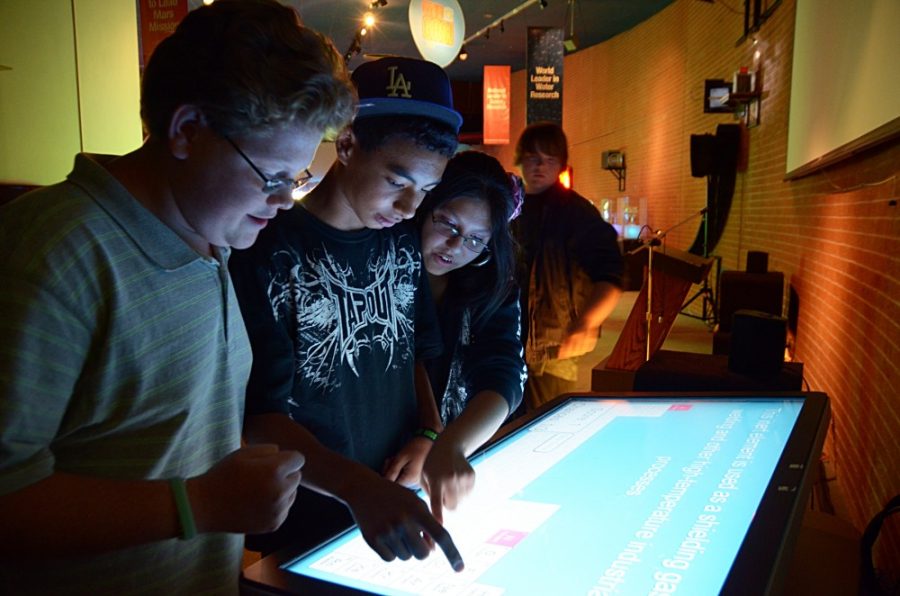A new center housing some of the UA’s research and outreach initiatives aims to foster collaboration, attract grants and improve education.
Administrators from several colleges are heading plans for the UA STEM Learning Center. STEM fields, or science, technology, engineering and math, have been the focus of national attention as professionals seek to increase the number of teachers who go into the areas and improve education.
The UA has many STEM resources for students, teachers and the community, said William McCallum, head of the math department and co-director of the center. But people don’t always know where to look for them.
A physical location would give community members a place to start, as well as allow more collaboration between colleges and faculty, McCallum said.
“It will be a central clearing house,” he said. “Our efforts can be promoted. It could really help us produce more energy.”
Conversations about the center began less than a year ago, said Elliott Cheu, associate dean of the College of Science. A steering committee will meet this month to determine its visions for the center.
The Flandrau Science Center could be the new home of the STEM center because it is already a hub of outreach activities, Cheu said. Having a staff familiar with the UA’s resources will be helpful for teachers or community members looking for programs.
“Most people in the community have had an experience at the Flandrau Center,” Cheu said. “We want to keep that visibility.”
STEM initiatives at the UA range from undergraduate research opportunities to activities introducing girls to science. Many of these programs are focused on improving STEM education through the preparation of teachers.
The UA Center for Recruitment and Retention of Mathematics Teachers recently received a $1 million Transitions to Teaching grant from the U.S. Department of Education. The grant will be used to create the Southern Arizona Inducting New Teachers program.
New math teachers have a high turnover rate, with as many as half of them quitting within three years, said Cody Patterson, director of the center. The pressure to increase standardized test scores and teach large classes creates a high-stress environment, Patterson said.
Fifty new middle school and high school math teachers placed at high-need schools will be inducted over five years. The program provides funding to these teachers and requires them to attend monthly workshops on how to handle students and parents and how to create effective lesson plans.
“It will help with those first few stressful years,” said Patterson, who added the new STEM center could help teachers connect to resources.
The program relies on collaboration with the College of Education, Patterson said. The STEM center aims to promote these types of relationships throughout campus.
“There’s certainly coordination, but not to the degree it could be,” said Bruce Johnson, head of the teaching, learning and sociocultural studies department in the College of Education and co-director of the STEM center.
Collaboration with the community is also important, Johnson said. Oftentimes, people within the UA create a STEM program and then search for participants. A center may allow people to approach the university with their needs, he said.
“If someone wants to access it, it would be nice to come to a place where someone can help them find that,” Johnson said. “That will help us be better able to support the community.”
The center does not have a cost associated with it at this point and could attract more grants, McCallum said. The National Science Foundation, the U.S. Department of Education and private foundations are all interested in funding STEM initiatives, he said.
“Having a highly visible STEM center could help with that,” McCallum said. “This is partly about making it all visible to the outside world.”
The center could open as early as July 2012, according to Cheu.
“If we can get this right, I think it will really put the UA on the map for STEM education in Southern Arizona,” he said.









